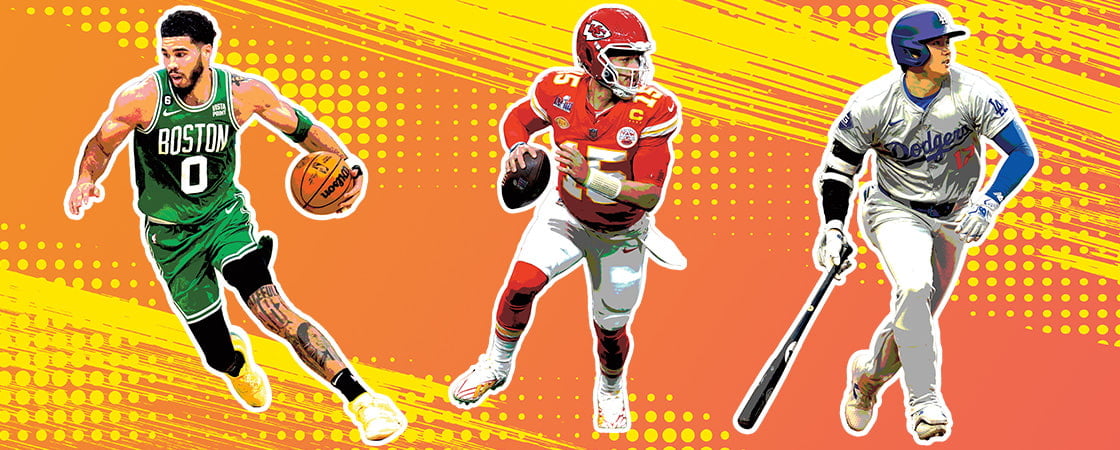This past June, basketball star Jayson Tatum’s name was everywhere. His team, the Boston Celtics, had just won the national championship, and Tatum had been a key player. But Tatum was in the news for another reason too. He had been offered a new salary: a whopping $314 million over five years. That’s nearly $63 million a year—and the largest contract in NBA history.
Tatum is certainly not the only athlete bringing home this kind of money. In 2020, Patrick Mahomes agreed to a 10-year, $450 million contract to continue as quarterback for the Kansas City Chiefs. In December, Shohei Ohtani, a pitcher for the Los Angeles Dodgers, signed the biggest contract in U.S. sports history. His salary: $700 million over 10 years.
These record-breaking salaries have rekindled a decades-long debate: Are professional athletes overpaid?

